Cards In This Set
| Front | Back |
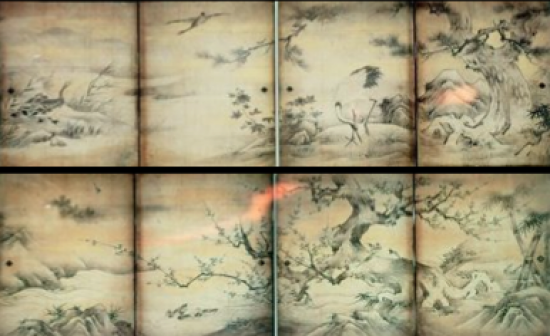 |
Kano Eitoku, Birds and Flowers of the Four Seasons, fusuma panels, ink and gold wash on paper, 1566 (Momoyama period)
|
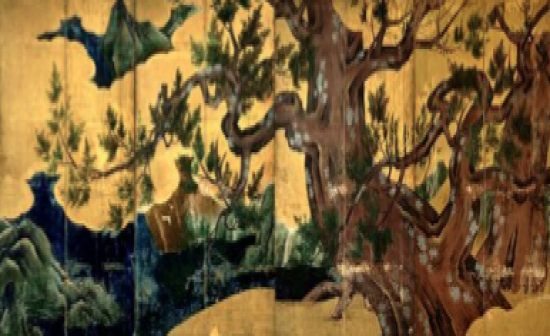 |
Kano Eitoku (attrib.), Cypress, color, ink and gold leaf on paper, originally fusuma panels remounded as 8-panel folding screen, 1590 (Momoyama period)
|
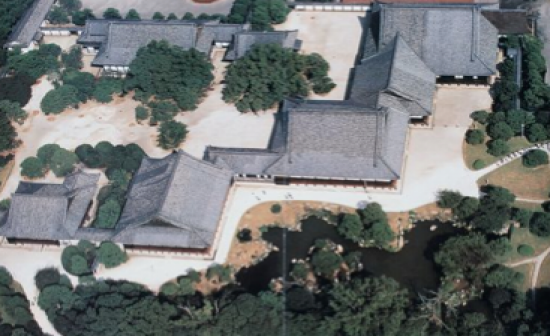 |
Ninomaru Palace, Nijo Castle, Kyoto, 1626 (Edo period)
|
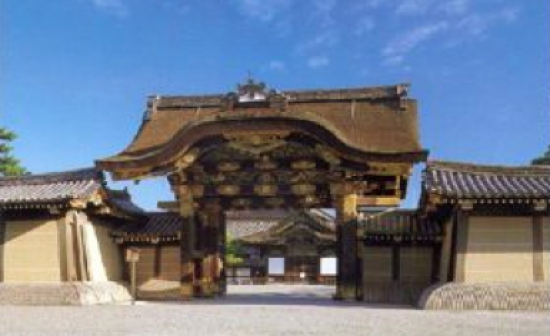 |
"Chinese Gate," Ninomaru Palace, Nijo Castle, Kyoto, 1626 (Edo period)
|
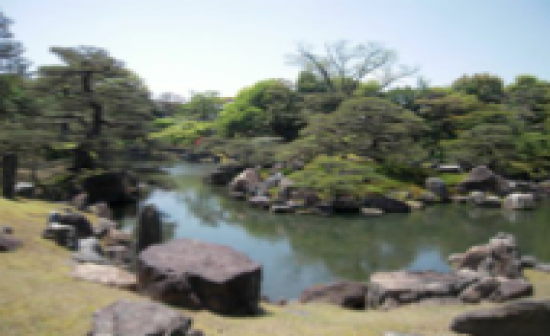 |
Pond garden, Ninomaru Palace, Nijo Castle, Kyoto, 1626 (Edo period)
|
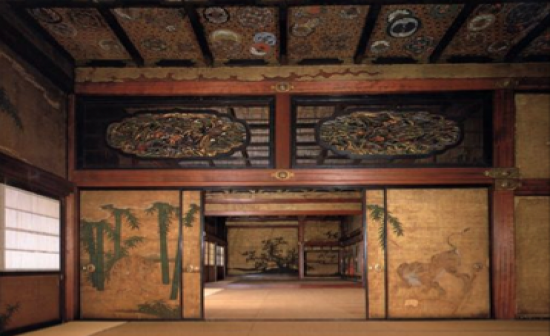 |
Reception Hall, Ninomaru Palace, Nijo Castle, Kyoto, 1626
|
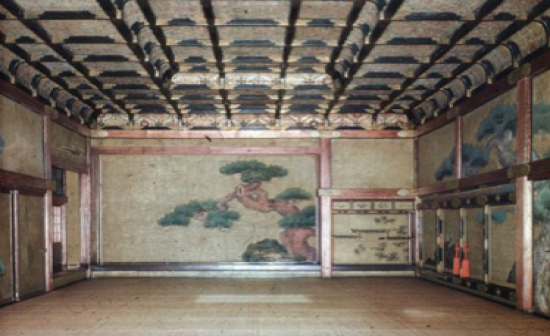 |
Grand Audience Hall (Ohiroma), with Kano Tan'yu's Pine Tree in the tokonoma, Ninomaru Palace, Nijo Castle, Kyoto, 1626
|
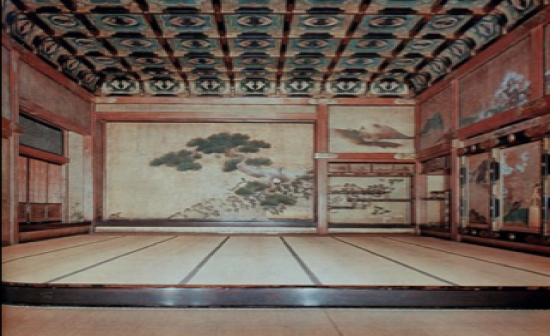 |
Kuroshoin, with painting of cherry blossoms, Ninomaru Palace, Nijo Castle, Kyoto, 1626
|
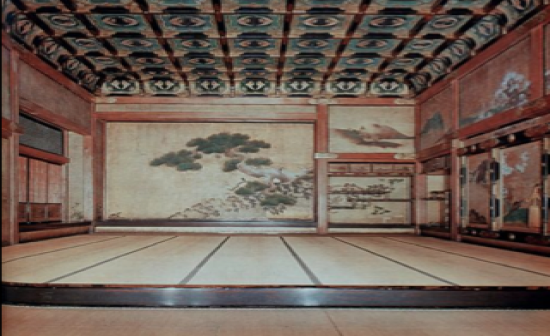 |
Shiroshoin, with landscape paintings of China, Ninomaru Palace, Nijo Castle, Kyoto, 1626
|
|
fusuma
|
Panels in a room that may also function as sliding doors that open
|
|
Shogun
|
Military ruler
|
|
Samurai
|
A member of a warrior clan or class
|
|
Okueshi
|
Highest ranking of official painters employed by the shogunate
|
|
Kano Sanraku
|
A disciple of Eitoku's whose work presented a departure from Eitoku's style with fragmented compositions, delicacy, quietness and elegance.
|
|
Tokugawa Ieyasu
|
Daimyo, or feudal lord, credited with eventually unifying Japan and moving the capital to Edo
|



